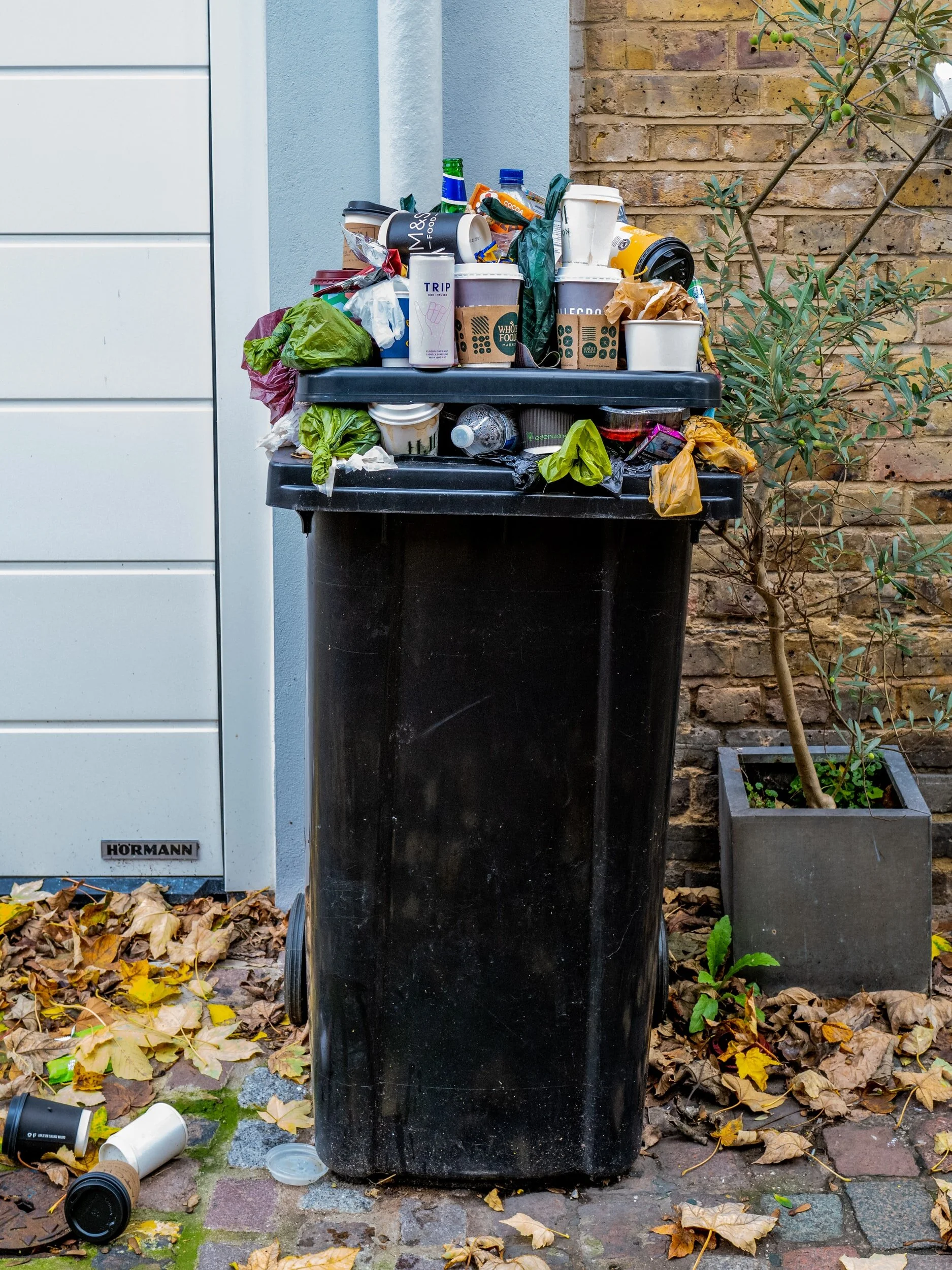Individual
Household Hazardous Waste
The EPA considers some leftover household products that can catch fire, react, or explode under certain circumstances, or that are corrosive or toxic as household hazardous waste. Products, such as paints, cleaners, oils, batteries, and pesticides can contain hazardous ingredients and require special care when you dispose of them.
Many communities have collection programs for household hazardous waste to reduce potential harm posed by these chemicals.
Search for "household hazardous waste" near your zip code in the Earth 911 database for more information.
Contact your local environmental, health, or solid waste agency to learn about permanent or periodic HHW collections near you.
Be a Consumer and an Advocate
Individuals can advocate for the elimination of PCBs by no longer using products that contain them and by asking questions to find out which products contain PCBs. Because products are still allowed to contain PCBs, ask product suppliers if they know if their products contain PCBs. By bringing attention to the issue, corporations, suppliers, and manufacturers may feel pressure to evaluate their products. Product suppliers and employees will likely be unaware if their products contain PCBs, but it will still raise awareness.
Ask the autobody shop if the oil is PCB-free.
When purchasing paints or dyes, ask the suppliers to inquire with the product manufacturers about PCB content.
Request plain packaging that uses less ink - a lot of common packaging contains PCBs due to inks and dyes.
Storm Drains
Water entering through the storm sewer system does not receive advanced treatment prior to discharge. Instead, it carries pollutants from urban areas to our waterways. Additionally, fish caught in certain areas of the river contain unsafe levels of PCBs. Consult the Department of Health's Fish Advisory prior to consuming fish caught in the Spokane River.
The more chemicals, solvents, oil, paints, fertilizers that go into our storm drains and home drains, the more we’re pushing out into the environment. Be thoughtful about your purchase and disposal of products.; and look for green alternatives, if possible.
It is also important to ensure oils or runoff from washing cars, or other chemicals, are not carried into the storm drain by rain water. Wash cars at car wash facilities that send runoff to water treatment plants. Clean up oil spills or leaks with absorbent materials (like kitty litter) and dispose of it properly. If a car is leaking oil, arrange to have the leak repaired.
In Your Home
Items in the home that could contain PCBs include printed newspapers and product packaging - especially products with green, blue, and yellow dyes. Individuals can reduce the amount of PCBs entering the environment by purchasing dye-free products and avoiding products with excessive packaging. Use all natural products with the least amount of chemicals. Do not use printed materials and packaging in wood stoves or fire places. Products with the highest levels of PCBs tested include caulking for windows, sidewalks, and bathrooms. When hiring service providers for home maintenance, like landscaping or cleaning, choose companies that manage and reduce their waste.
Items like yellow sidewalk chalk and children’s finger paints have tested positive for PCBs. Request information from manufacturers regarding PCB testing before considering purchasing these materials.
Paints and fluorescent light ballasts may contain PCBs. When upgrading light fixtures, ensure that light ballasts are properly handled and disposed of. When dealing with paint, ensure leftover paint is disposed of properly or reused for another project.

